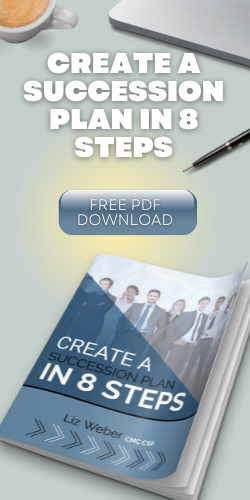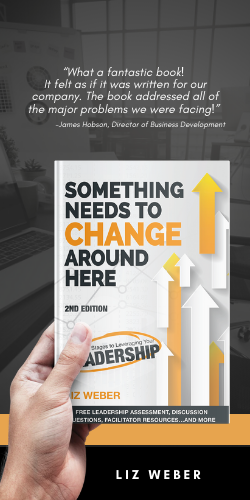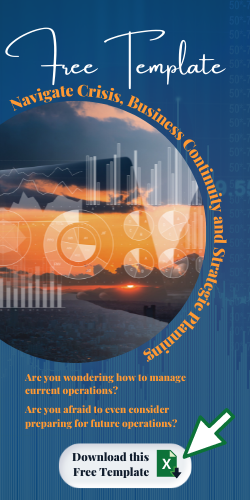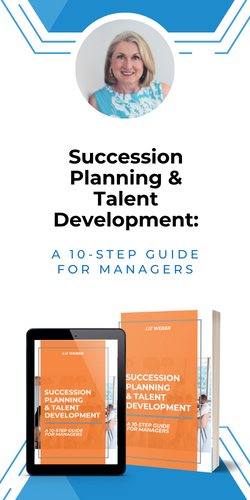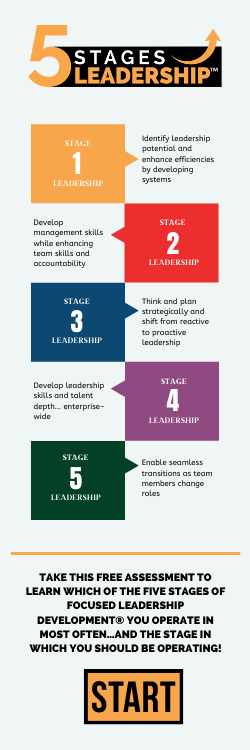
I recently experienced the same thing I tell my clients, and honestly, it was a bit deflating. Yet, it was the right feeling. It meant success. It meant the board’s efforts in developing its strategic plan, debating objectives, defining strategies, and nit-picking select words had been worth the effort. The new board member with whom I reviewed the plan, simply said, “Thanks for that overview. It makes sense to me. It seems pretty straightforward, but it covers a lot of ground, which it needs to. How can I help?” That was it. He didn’t applaud. He didn’t say, “Wow Liz. This is amazing! It’s the most concise, focused, yet results-oriented strategic plan I’ve ever seen!” He wasn’t awed or tantalized by the plan. He didn’t appear ready to start an organization-wide campaign to “get everyone on board” by creating new banners and giving out buttons. He simply wanted to start moving it forward. And because of that, the plan is already working.
Effective strategic planning (or for that matter any project planning) is only effective when it creates a clear roadmap for the team responsible for making it happen. When it creates excitement, shock and awe, then confusion, chaos, conflicts, and frustration are soon to follow. And this is why many of my clients have painful memories of prior strategic planning initiatives. They were well intentioned. They felt good and right during the process. But they yielded a document of little value, that caused more headaches than value because no one remembers what they meant as the various pieces of the plan were created. Their plans sound nice, but require subsequent meetings to discuss what was meant instead of actually working the plan.
Because of this all-too-common focus on creating lofty plans intended to inspire instead of clarify, I tell my clients: If we’ve developed your strategic plan well, the rest of the team will understand it and accept it when it’s shared with them. However, be prepared: they won’t be amazed or barely able to contain their applause, because it won’t be awe-inspiring: it’ll be clear but challenging. In fact, some of them may say, “It took you how many meetings to come up with just these few sheets of paper?” And, that’s the type of reaction we want. We don’t want them to be amazed, in shock, awed, or paralyzed by fear. We want them to hear it or read it, and “get it.” Because if they “get it,” they have a pretty clear picture of what we’re asking them to help work towards. When they “get it,” they aren’t paralyzed by confusion. They can help make it happen.
And that’s the purpose of a well-developed plan. Even though the planning teams wouldn’t mind just a bit of applause….
Copyright MMXII – Liz Weber, CMC, CSP – Weber Business Services, LLC – www.WBSLLC.com +1.717.597.8890
Liz supports clients with strategic and succession planning, as well as leadership training and executive coaching. Learn more about Liz on LinkedIn!








